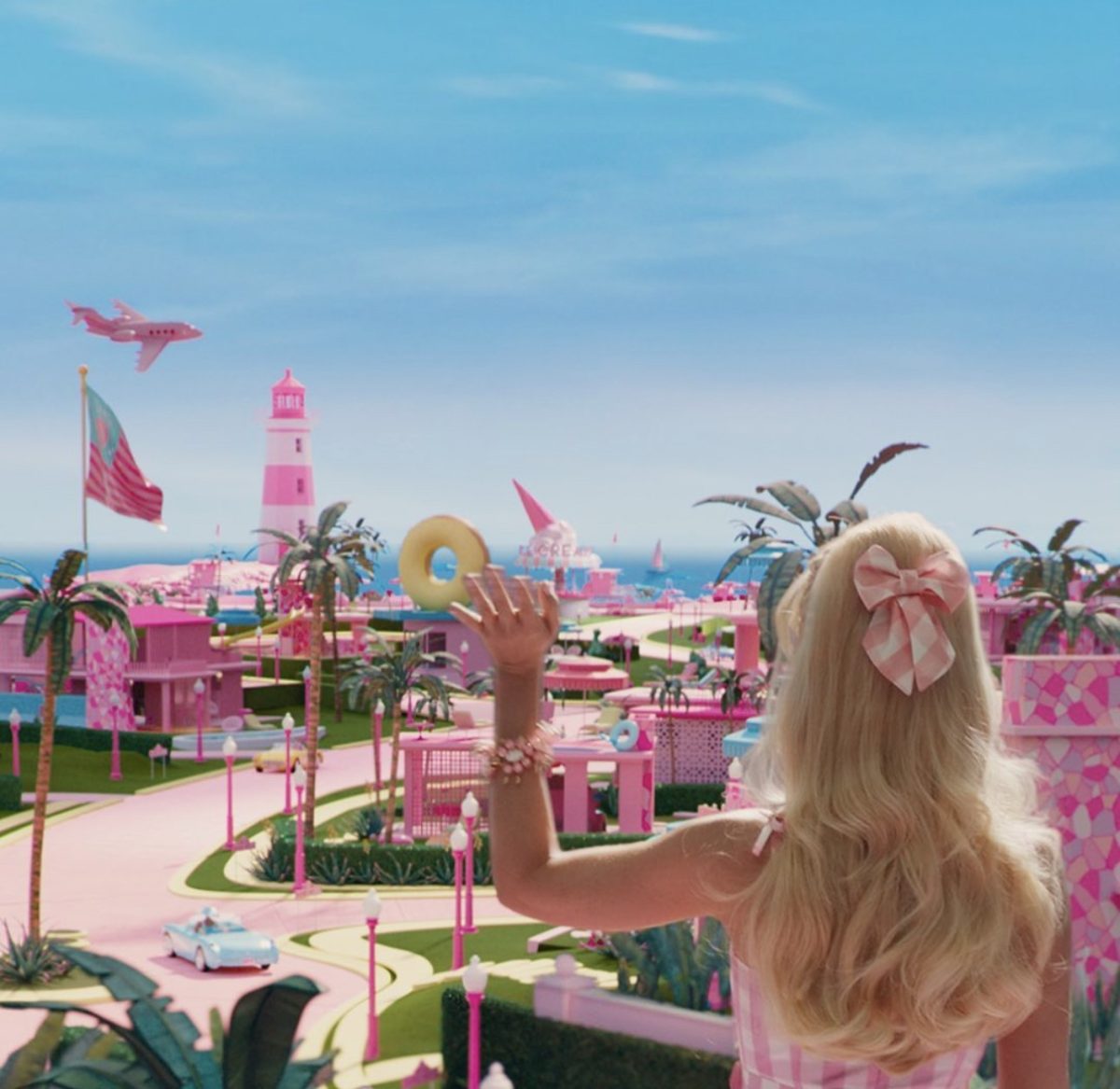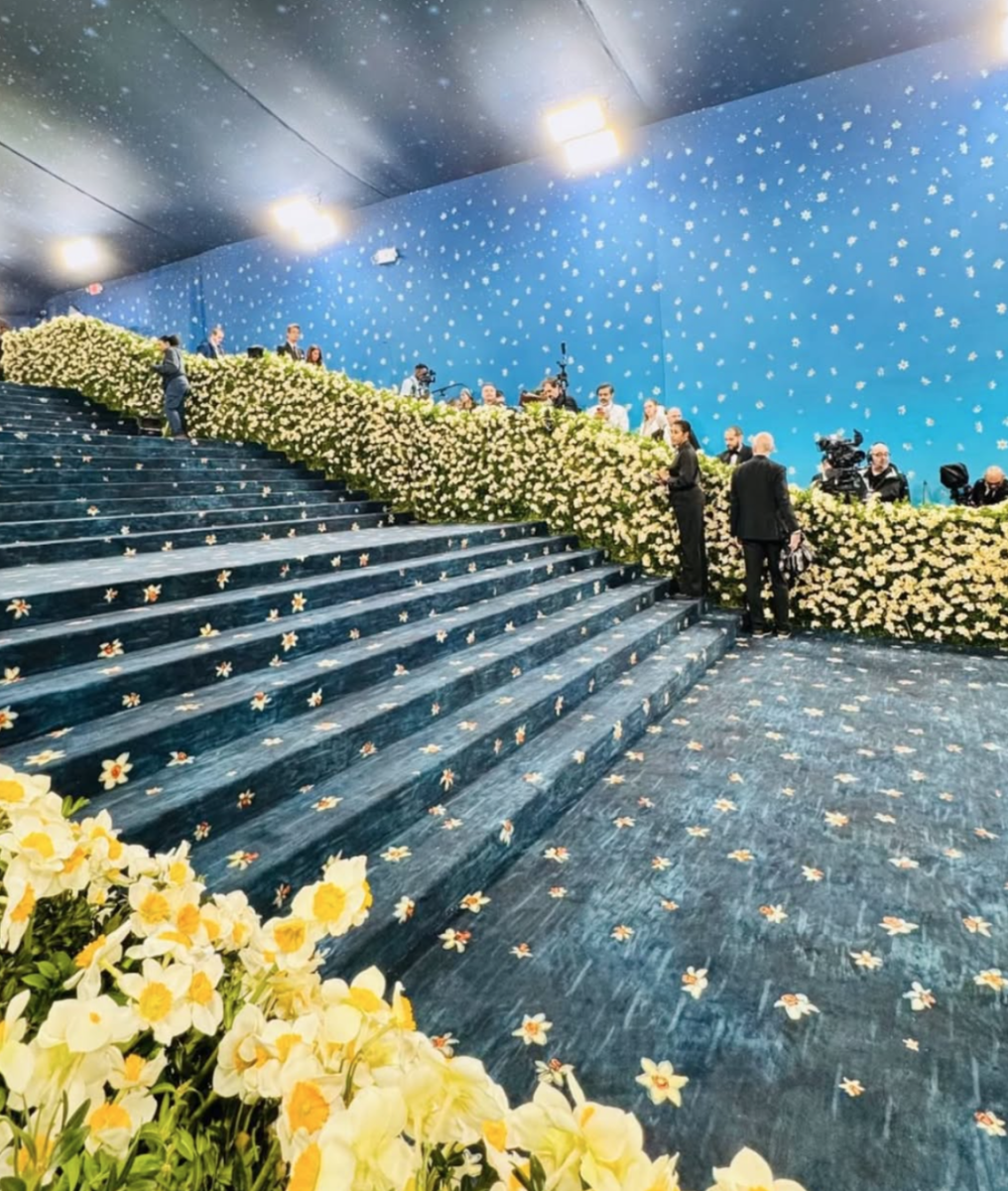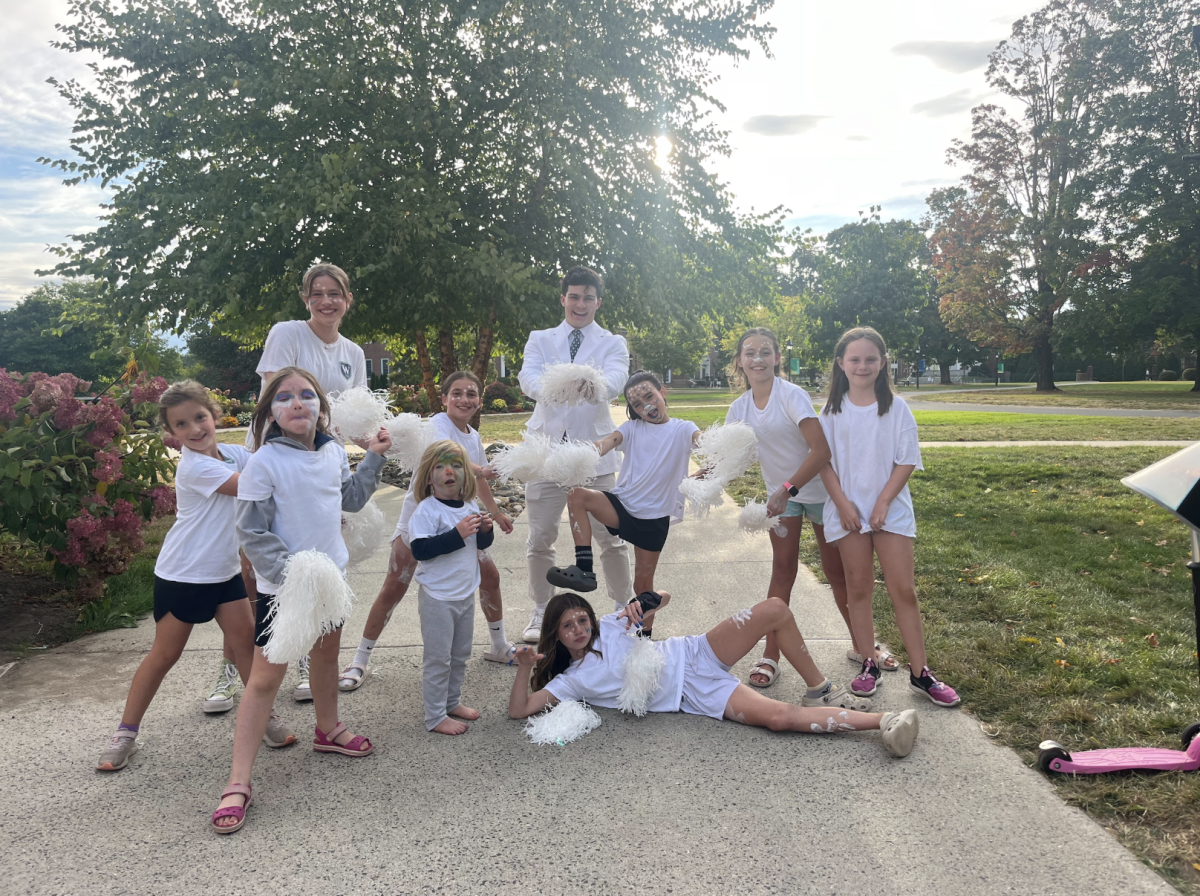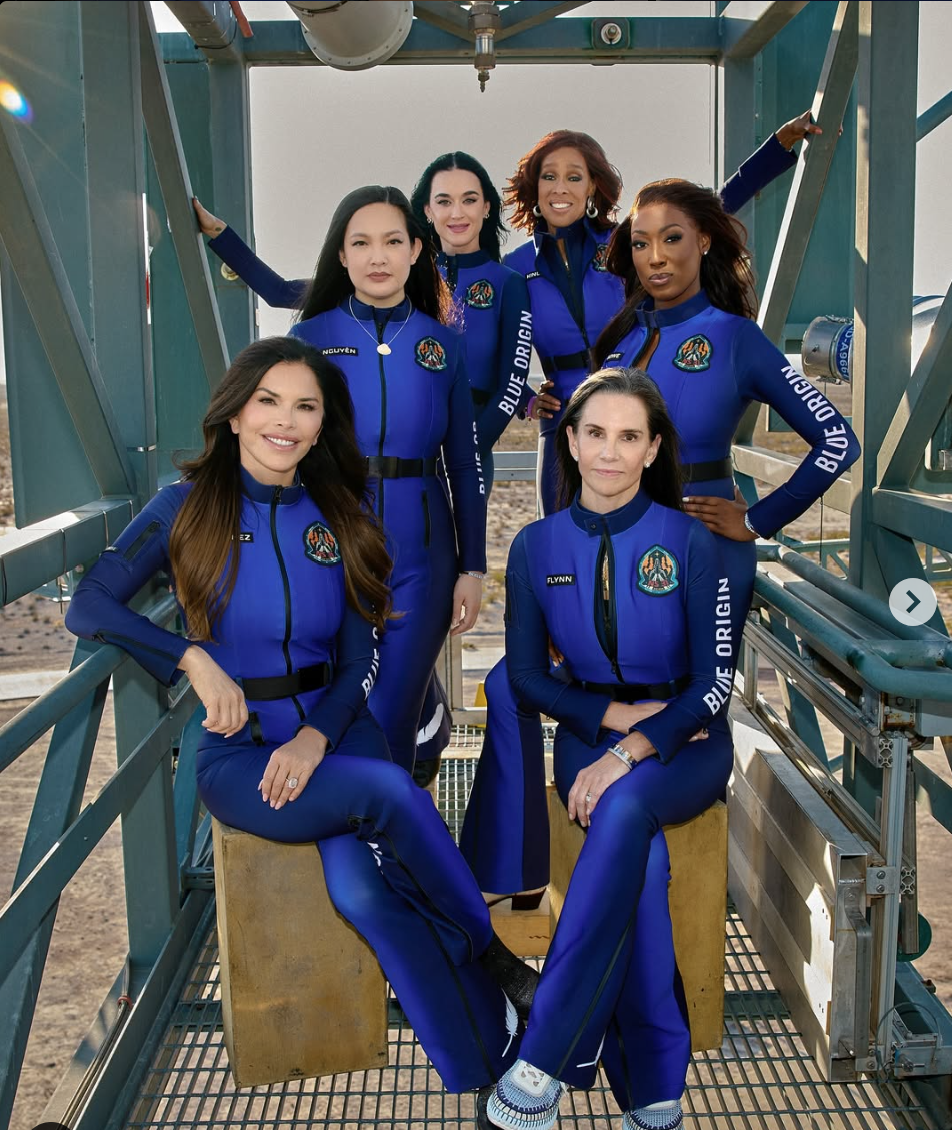Even months after its release, “Barbie” is holding a mirror up to society as it unveils the lure behind America’s most popular doll.
“Barbie” entered theatres on July 21, and, despite its simple plot, about a doll traveling to the human world, people have not stopped talking about its riveting undertones. Director Greta Gerwig managed to make a movie about a doll, played by Margo Robbie, become a heart wrenching story of girlhood and feminism.
In “Barbie Land,” if a doll starts malfunctioning it means that the child who is playing with her is suffering or sad in some way. When Barbie starts growing cellulite, thinking of death and starts being, well, not perfect, she must travel to the human world to help the 13-year-old girl. When she arrives, she finds out that it is Gloria, the girl’s mom, that is struggling with her daughter growing up.
While in the human world she realizes that Barbie is having the negative effect on girls. She makes them insecure; she makes them feel bad about themselves. Barbie never thought it was a possibility for her to make young girls feel bad about themselves because in “Barbie Land” everyone is praised for their differences. Other Barbies played by, Issa Rae, Kate McKinnon, Emma Mackey and many more, are in a society where the patriarchy doesn’t exist, therefore women are never pitted against each other.
Over the course of the movie Barbie realizes that she doesn’t want to be a perfect object anymore, so she finds her creator, Ruth Handler – the actual creator of Barbie, played by Rhea Pearlman — and asks to become human. And in the most emotional line of the movie, she asks “to feel.”
In that begins Barbie’s raw journey of what it means to be a woman.
Mattel was founded in 1945 and is responsible for creating toys like Hot Wheels, Fischer-Price, Monster High and many more. In 1959, Mattel produced the first Barbie.
According to USA Today Ruth Handler, Barbie’s creator, made the doll because she saw a huge gap in the market. Sure, many dolls were being manufactured at that time, but they were mostly baby dolls which didn’t allow young girls to imagine their future past being a mother.
Doctor Barbie, Astronaut Barbie, News Reporter Barbie — it was the hope that little girls everywhere saw Barbie as someone they could be. Since its inception, Barbie has been a popular, but controversial, toy on the market: a doll who simultaneously helped and harmed little girls everywhere.
In 2021, USA Today reports that 164 Barbies were sold every minute. Mattel has sold around one billion dolls bringing in a whopping $1.49 billion in dolls and other Barbie franchises. This is not stopping with the production of this film. Barbie has earned over 1.4 billion dollars at the global box office, according to CNN.
Catie Spence, a 17-year-old senior from Amherst, played with Barbies as a kid and believes she knows why they are so popular.
“My favorite was the mermaid Barbie because she really fueled my imagination and transported my six-year-old self into her own little world,” she said. “That is why so many girls are drawn to Barbies; the imagination aspect.”
Imagination. There is something so sacred about your imagination because it is used most when you are a child. Women who are now faced with the everyday pressures of the patriarchy long for the years when all they worried about was what storyline they would conduct with their Barbies next. The film unlocked that sense of girlhood.
Catie feels that the film actively portrays the everyday struggles of women.
“Women are expected to be this perfect representation of femininity, and all of that can be really taxing on us,” she said. “If we embrace our strengths and have confidence in our abilities then we can combat these expectations that are placed on us.”
Jessica Rohan, who soon realized the film was not completely for kids, went to see Barbie with her two young daughters and had a beautiful takeaway from the film.
“There is a little Barbie in all of us,” she said. We all feel like we all have to be perfect at something … we can’t just be,” she said. “I realized that women do tend to feel the same way about things, but we are still nervous to be honest and transparent about it.”
Bob Hill, Head of School, praises the depth of the film.
“The movie was a lot deeper than I thought it was going to be,” he said. “There were layers of complexity and argument and understanding that you had to peel back.”
Nikki Chambers, Dean of Diversity, Equity, Inclusion and Belonging, was amazed at the amount diversity in the film and was thankful that any child could see a reflection of themselves in a doll.
“I was pleasantly surprised by the racial diversity,” she said. “Furthermore, the diversity of bodies in the movie was really wonderful to see.”
Not every Barbie on screen was white and thin, something the world hadn’t seen until recently.
15-year-old Daryn Fox, from Bermuda, valued how represented she felt on screen.
“The president of Barbie Land was a Black woman, played by Issa Rae, and that warmed my heart,” she said.
Greta Gerwig, in a sit-down interview with Margot Robbie and reporter Sarah Ferguson, said that she wants viewers to not classify the movie as a feminist film or a trademark film or a comedy film, but as a film with strong emotional center.
“We knew that the core of the movie was not just the brand, but the heart,” she said. “It was so important for me that however anarchic or crazy or throwing elbows the movie was, the thing that you walk away with was this feeling of the heart in this film.”
Gerwig specifically wanted Barbie to reflect the common experience of an American girl losing confidence in adolescence with her own journey.
“The way I see the movie is that the character of the 13-year-old girl doesn’t really suffer from that,” she said. “Barbie, in a way, takes on the feeling of shrinking inside of herself. It feels like Barbie is our teenage girl.”






















Nikki Chambers • Sep 26, 2023 at 11:13 AM
What a beautifully written article about an incredibly smart film!
Alexis C • Sep 24, 2023 at 11:30 AM
Very well written!!!!
Kisha Tyrrell • Sep 22, 2023 at 6:17 PM
Great Article!!